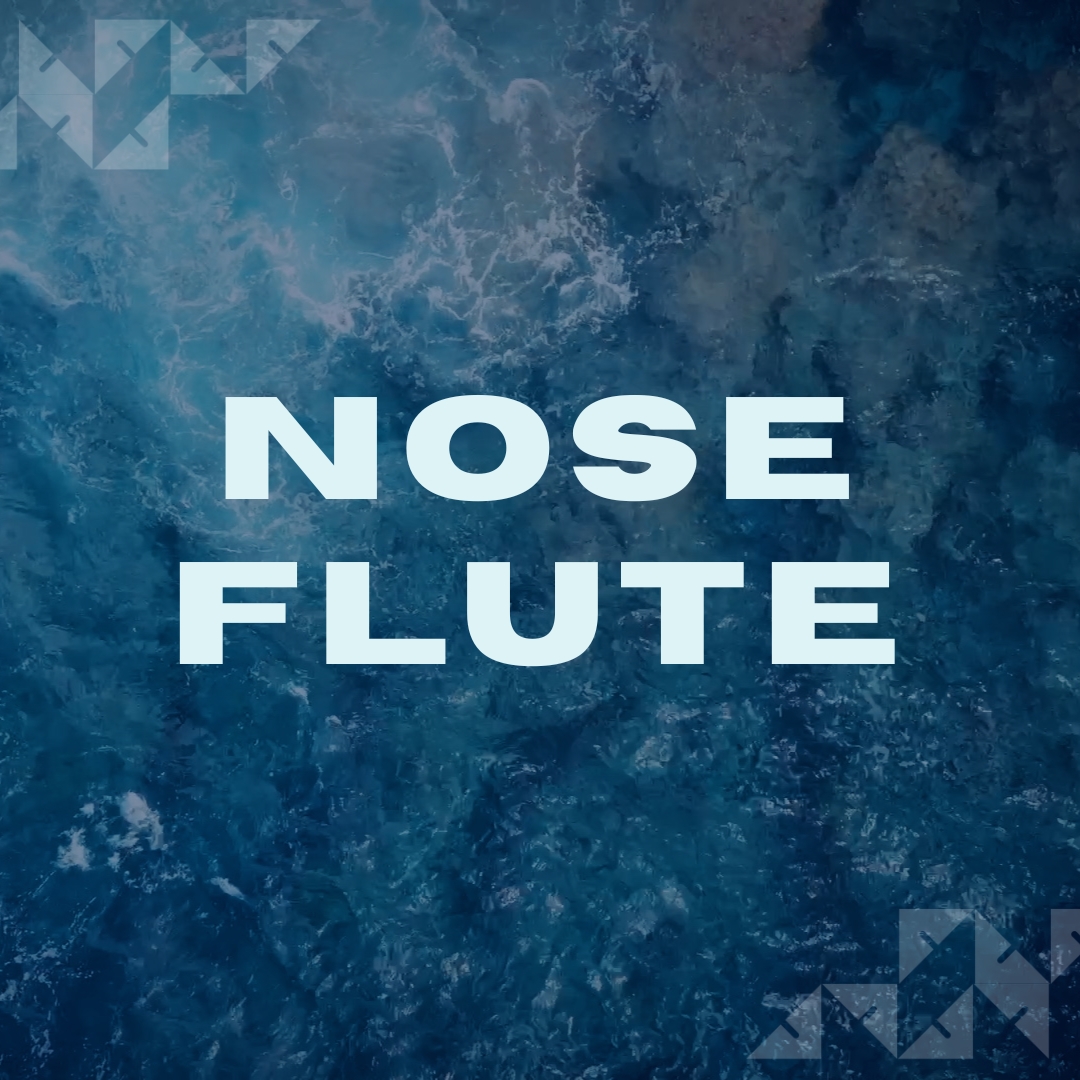In this episode of ‘Instruments of the Moana’ we embark on a journey in exploration of one of the Moana Pacific’s most intriguing aerophones — the nose flute. We traverse the Cook Islands, Samoa, Tonga and Niue in search of knowledge about this delicate yet profound instrument, known for its subtle, enchanting sound.
We begin our rediscovery journey of the nose flute’s birth and function in Niue, where Moira Enetama introduces us to the ‘kilikīhoa’, or ‘kilikihō’ — the nose flute played in ancient times by Mataginifale, a descendent of the Niuean ancestral gods. ”So Mataginifale is a descendant from those gods. [She] knows very well to play the nose flute and to make hiapo,” Moira explains.
We then join Simione Sevudredre in Fiji, where the nose flute is known as ‘dulali’. Simione relates how the god Ramacake, who lived on the Fijian island of Viti Levu, played melodies on the dulali that had the power to charm those who heard them: “The young girls would hear the strains of dulali and seek him out.”
Ma’ara Maeva shares the story of Ngaru, who brought the nose flute, or ‘vivo ko’e’, to the island of Mangaia after discovering it in Taumakeva. From there, it dispersed throughout the Cook Islands.
In Tonga, where the nose flute is called ‘fangufangu’, Tu’ifonualava Kaivelata recounts the famous occasion in 1953, when Tongan musicians performed the fangufangu to wake Queen Elizabeth II during her royal visit to Tonga.
Throughout the episode, Tau’ili’ili connects the dots between these stories, reflecting on how the nose flute, despite its delicate and unassuming appearance, has played a central role in the spiritual, social, musical and cultural life of the Moana. Whether as a tool for wooing a partner (as Moira suggests), or as a ceremonial instrument used to invoke the gods, the nose flute resonates with the power to bridge the past with the present.
As Tau’ili’ili says, “If you're seeing this from either 2124, 2224, or even a human colony on another planet, I hope our instruments arrived safely with practitioners everywhere. If not, please keep calm. Keep weaving, and may our sounds live long.”
Host: Tau’ili’ili Alpha Maiava
Knowledge holders: Ma’ara Maeva, Moira Enetama, Tu’ifonualava Kaivelata, Simione Sevudredre
Written by: Tau’ili’ili Alpha Maiava
Directed by: Tau’ili’ili Alpha Maiava & Guy Pigden
Filmed & Edited by: Campfire Studios NZ
Director of Photography: Isaac Newcombe
Production Lead: Will Flemming
Editor: Sam Wheeler
Graphics: Ben Ashby
Soundscape: Tomas Iglesias
Sound design & mix: Envy Studios
Colourist: Dave Mclaren
Research Assistant: Huni Mancini
Cultural Advisors: Tu’ifonualava Kaivelata, Ma’ara Maeva, Dionne Fonoti
Locations:
Rarotonga, Cook Islands
Savai’i, Samoa
Tongatapu, Tonga
Alofi, Niue
Auckland, NZ
Special thanks to:
Archive of Māori and Pacific Sound
Vanuatu Culture Center
Gallery Tavioni & Vananga
Alexander Turnbull Library
Auckland War Memorial Museum I Tāmaki Paenga Hira
Ngā Taonga Sound & Vision
Ministry of Culture & Heritage
Mahi Moana Inc.
Tagata Moana Cultural Lead: Mahi Moana Incorporated
Produced by: SOUNZ Centre for New Zealand Music I Toi te Arapūoru
This film is supported by funding from Manatū Taonga | The Ministry for Culture and Heritage.

© Copyright Centre for New Zealand Music Trust

